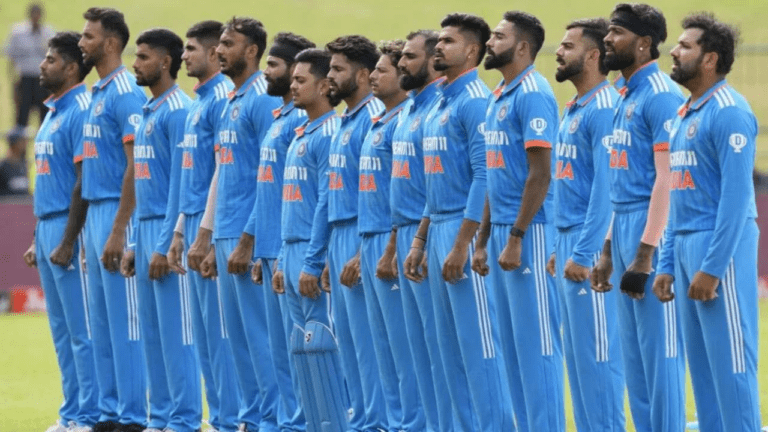IPL and Its Impact on Indian Cricket Culture
Gold365, Play99exch: The idea of the Indian Premier League (IPL) took shape in 2007 as a collaboration between the Board of Control for Cricket in India (BCCI) and the International Management Group (IMG). The emergence of T20 cricket’s popularity, especially after India’s victory in the inaugural T20 World Cup in 2007, provided the perfect backdrop for the launch of the IPL. The success of the T20 format, combined with the potential for a lucrative league, fueled the vision behind the IPL’s creation.
One of the key moments leading to the formation of the IPL was the termination of the Indian Cricket League (ICL) in 2008. The ICL, a rival T20 cricket league, faced legal battles and player bans, which ultimately led to its downfall. The void left by the ICL’s exit created an opportunity for the IPL to consolidate the market and establish itself as the premier T20 league in India. The strategic timing of the IPL’s launch, amidst a cricket-crazed nation hungry for more T20 action, set the stage for the league’s monumental success.
Evolution of IPL Format and Structure
In its early years, the IPL featured a round-robin format where teams played each other twice in a league stage before progressing to the knockout rounds. However, as the tournament matured and expanded, the format underwent several changes to keep the competition dynamic and engaging for fans. The introduction of playoffs, where the top four teams compete in qualifiers and eliminators to reach the final, added a new level of excitement and unpredictability to the tournament.
Another significant evolution in the IPL format was the introduction of strategic timeouts during matches. These breaks allowed teams to regroup, strategize, and analyze their game plans, adding a tactical element to the fast-paced action on the field. Additionally, the introduction of innovative concepts like the strategic timeout challenge and the Decision Review System (DRS) further enhanced the competitiveness and fairness of the IPL, ensuring that teams had the opportunity to challenge on-field decisions and potentially alter the course of a match.
What were some key events that led to the creation of the IPL?
Some key events that led to the creation of the IPL include the success of the Indian Cricket League, the rise of T20 cricket as a popular format, and the increasing commercialization of cricket in India.
How has the IPL format and structure evolved over the years?
The IPL format and structure has evolved from a round-robin format with semi-finals and a final to include playoffs with qualifiers, eliminator, and final matches. The number of teams participating in the league has also increased over the years.
Will there be any further changes to the IPL format and structure in the future?
It is possible that there may be further changes to the IPL format and structure in the future, as the league continues to grow and adapt to new trends and demands in the world of cricket.







